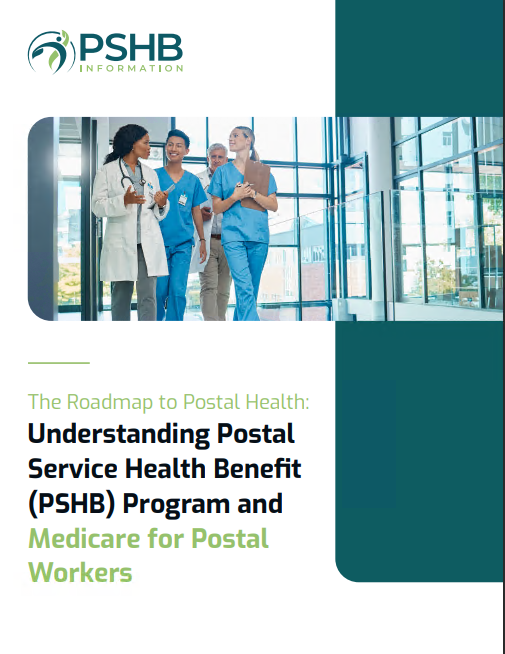Key Takeaways
- Medigap Plan F premiums vary significantly across different states due to factors like local healthcare costs, regulations, and market competition.
- Understanding how and why these premiums differ can help beneficiaries make informed decisions about their healthcare coverage.
Comparing Medigap Plan F Premium Costs Across Different States
Medicare Supplement Insurance, or Medigap, helps cover out-of-pocket costs not paid by Original Medicare, such as copayments, coinsurance, and deductibles. Among the various Medigap plans, Plan F has been one of the most comprehensive and popular choices. However, the premiums for Medigap Plan F can vary significantly across different states due to various factors. This guide explores these variations, the reasons behind them, and how beneficiaries can navigate these differences to find the best rates.
Understanding Medigap Plan F
Medigap Plan F is known for its extensive coverage. It pays for all the gaps in Medicare Part A and Part B, including:
- Part A coinsurance and hospital costs up to an additional 365 days after Medicare benefits are used up.
- Part B coinsurance or copayment.
- The first three pints of blood.
- Part A hospice care coinsurance or copayment.
- Skilled nursing facility care coinsurance.
- Part A deductible.
- Part B deductible.
- Part B excess charges.
- Foreign travel emergency (up to plan limits).
Due to its comprehensive coverage, Plan F has been a preferred choice for many Medicare beneficiaries. However, it is important to note that Plan F is no longer available to new Medicare enrollees as of January 1, 2020. Those who were eligible for Medicare before that date can still enroll in or switch to Plan F.
Factors Influencing Medigap Plan F Premiums
Several factors contribute to the variation in Medigap Plan F premiums across different states:
-
Local Healthcare Costs: The cost of healthcare services varies widely from state to state. Higher local healthcare costs typically lead to higher Medigap premiums.
-
State Regulations: Different states have varying regulations regarding Medigap plans, which can affect premiums. Some states have community-rating systems where everyone pays the same premium regardless of age, while others have issue-age or attained-age rating systems.
-
Market Competition: The number of insurers offering Medigap plans in a state can affect premiums. More competition among insurers usually results in lower premiums.
-
Demographics: The average age and health status of Medicare beneficiaries in a state can influence premiums. States with older populations or higher incidences of chronic illnesses may have higher premiums.
-
Insurance Company Pricing Strategies: Each insurance company has its pricing strategy, which can lead to significant differences in premiums for the same plan within a state.
Comparing Medigap Plan F Premiums by State
Example States with Lower Premiums
-
Florida
- In Florida, Medigap Plan F premiums tend to be lower due to a combination of competitive market conditions and regulatory frameworks.
- Example: Monthly premiums in Florida can range from $150 to $220.
-
Texas
- Texas also benefits from a competitive insurance market, which helps keep Medigap premiums relatively affordable.
- Example: Monthly premiums in Texas can range from $140 to $200.
-
Arizona
- Arizona’s Medigap Plan F premiums are relatively low due to its healthcare cost structure and competitive market.
- Example: Monthly premiums in Arizona can range from $130 to $210.
Example States with Higher Premiums
-
New York
- New York uses community rating for Medigap plans, which means premiums are the same regardless of age. This can lead to higher premiums, especially for younger beneficiaries.
- Example: Monthly premiums in New York can range from $200 to $300.
-
California
- California’s healthcare costs and demographic factors contribute to higher Medigap premiums.
- Example: Monthly premiums in California can range from $180 to $260.
-
Massachusetts
- Massachusetts has unique regulations and higher healthcare costs, resulting in higher Medigap premiums.
- Example: Monthly premiums in Massachusetts can range from $210 to $280.
Example States with Moderate Premiums
-
Illinois
- Illinois has moderate Medigap Plan F premiums, influenced by its mix of urban and rural healthcare costs.
- Example: Monthly premiums in Illinois can range from $160 to $230.
-
North Carolina
- North Carolina’s premiums are moderate, with factors such as local healthcare costs and market competition playing a role.
- Example: Monthly premiums in North Carolina can range from $150 to $220.
-
Michigan
- Michigan’s premiums are influenced by regional healthcare costs and the regulatory environment.
- Example: Monthly premiums in Michigan can range from $155 to $225.
Strategies for Finding the Best Medigap Plan F Premiums
-
Compare Quotes: Use online tools and resources like the Medicare Plan Finder to compare quotes from different insurers. This can help you identify the most affordable options in your state.
-
Understand Rating Methods: Be aware of how different insurers price their Medigap plans. Community-rated plans can be more affordable in the long run for older beneficiaries, while issue-age and attained-age-rated plans might be better for younger enrollees.
-
Consider Additional Benefits: Some insurers offer additional benefits like gym memberships or wellness programs. These perks can add value to a plan even if the premium is slightly higher.
-
Review Annual Premium Increases: Check the historical rate increases of the insurers. Some insurers may start with lower premiums but increase rates significantly over time.
-
Seek Professional Advice: Consult with a licensed insurance agent who specializes in Medigap plans. They can provide personalized advice and help you navigate the complexities of choosing the right plan.
Conclusion
Medigap Plan F premiums vary widely across different states due to factors such as local healthcare costs, state regulations, market competition, demographics, and insurance company pricing strategies. By understanding these factors and employing strategies such as comparing quotes, understanding rating methods, considering additional benefits, and seeking professional advice, Medicare beneficiaries can find the most affordable Medigap Plan F premiums that suit their healthcare needs and financial situation. Staying informed and proactive in comparing options will ensure that beneficiaries make the best choices for their health coverage.
Contact Information:
Email: [email protected]
Phone: 8065556789






